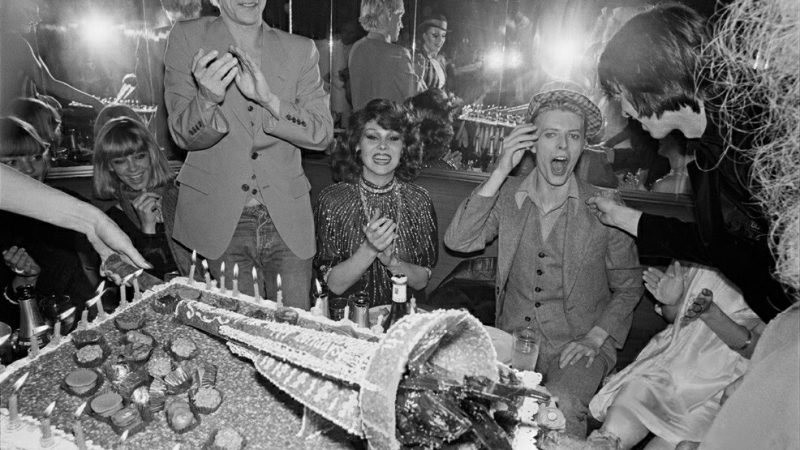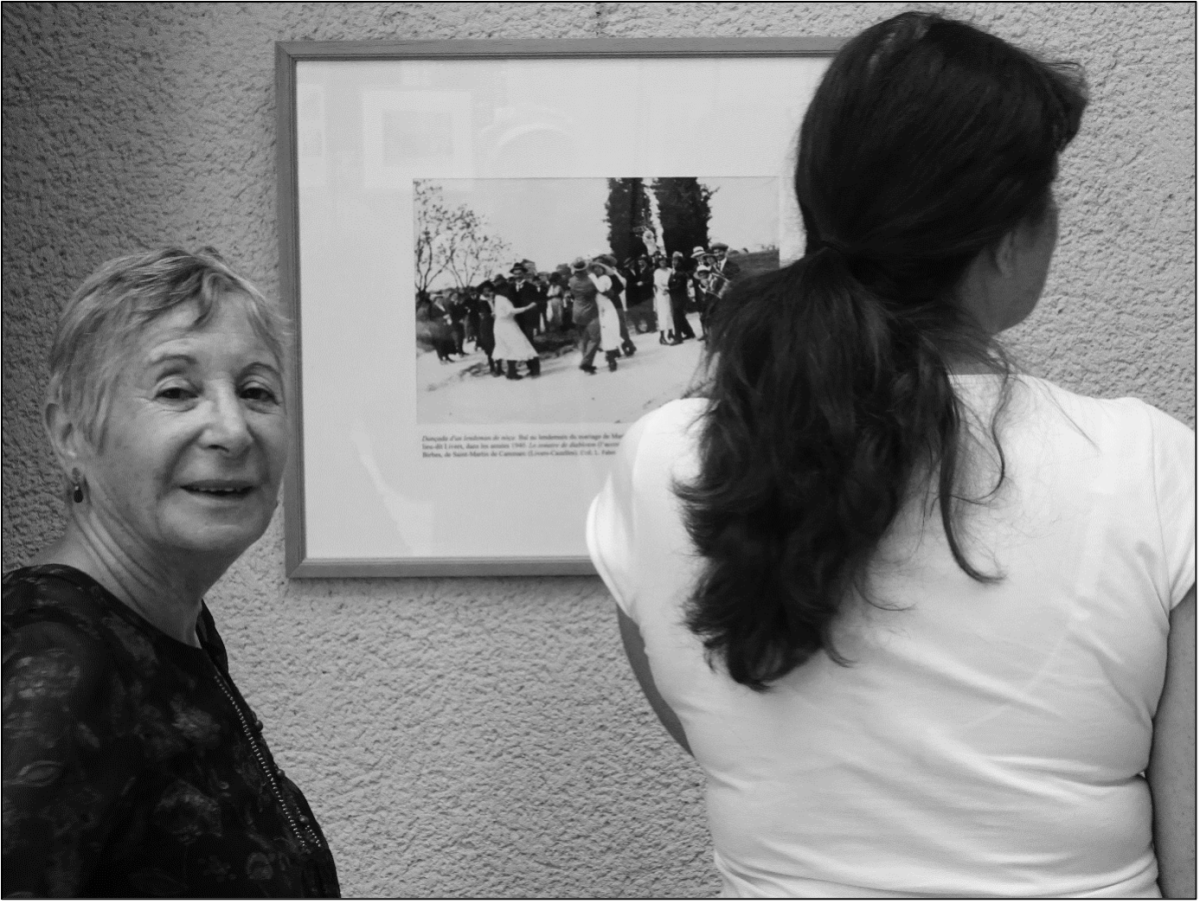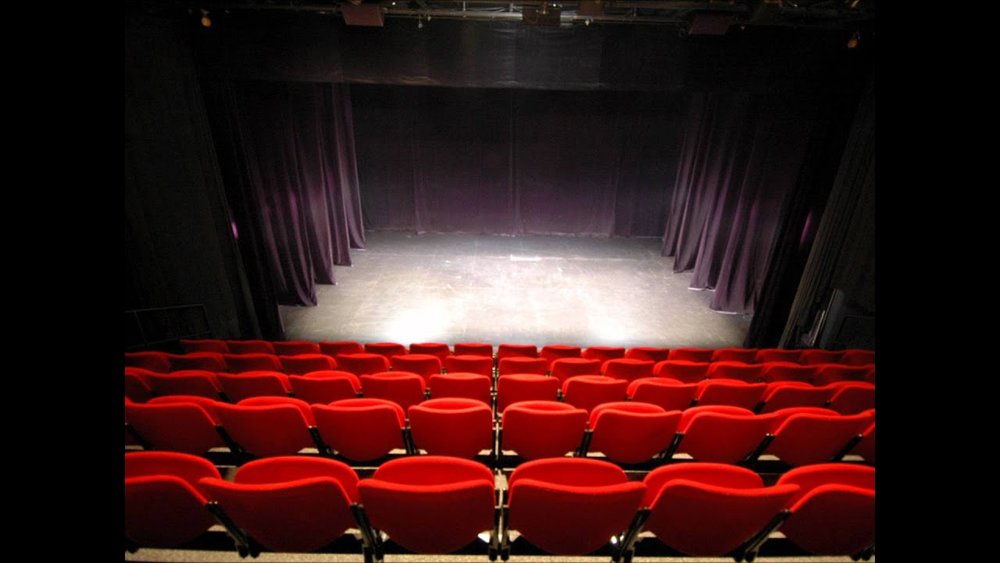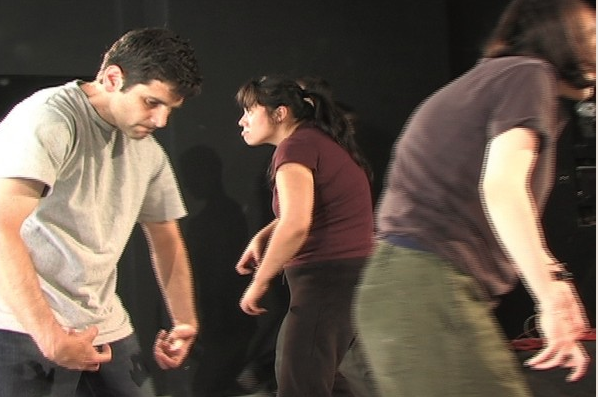by Hazel Anna Rogerts for the Carl Kruse Arts Blog Bowie went to Berlin to escape. That is how it seems. We weren’t there, most of us, so we don’t know. There is talk about cocaine, about notoriety, about noise. But we weren’t there, so we don’t know. It makes a good story, doesn’t it?
Tag: Hazel Anna Rogers
Art for Art’s Sake: Noh Theater in the Age of Images
by Hazel Anna Rogers for the Carl Kruse Arts Blog This is a photograph of two women in front of a photograph of couples dancing. You do not know these women. What can we deduce from this image? Many a thing. The old woman is looking at the camera. She knows she is being watched.
When the Show is Over
by Hazel Anna Rogers for the Carl Kruse Arts Blog The mist has lifted, and life is back. It is an abyss, a swamp of unknowing and learning how to live without the glistening sheen of adrenaline that glosses over your eyes for the weeks and days preceding and encompassing a show. You lie flat,
Acting and Art: Channeling Animals
by Hazel Anna Rogers for the Carl Kruse Arts Blog The studio floor is covered in bodies. They are curled and strewn and spread and sprawled, as though they were dead. But they are not. Some breathe shallowly, quickly, as if their hearts fluttered about like moths. Some breathe deeply, forcing air bull-like through their



